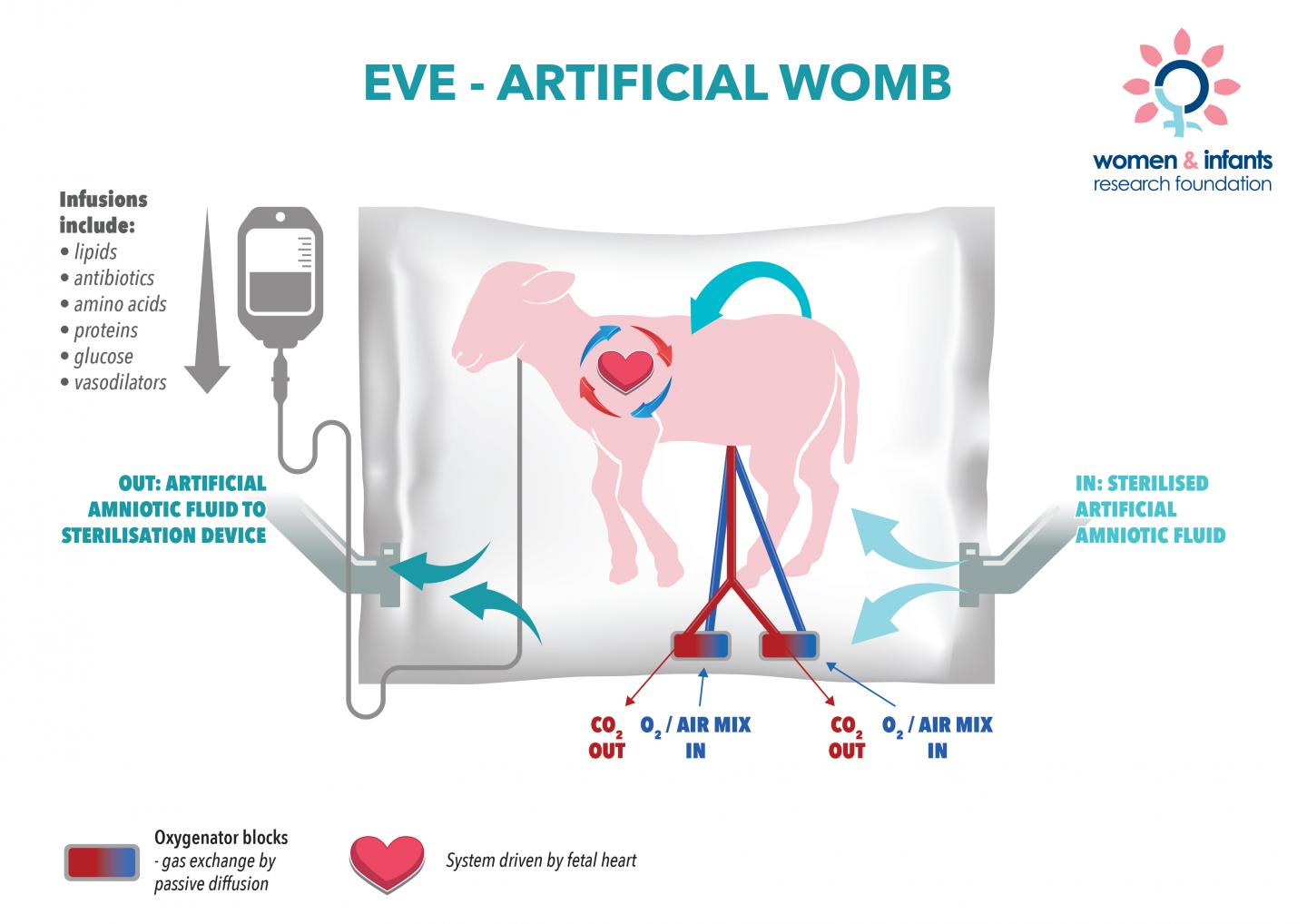What to Expect When You’re Expecting a Baby Grown in an Artificial Womb
Credit to Author: Becky Ferreira| Date: Fri, 03 Nov 2017 14:00:00 +0000
This is a companion piece to this week’s Terraform, “ Hysteria.”
Pregnancy: Who needs it?
Unfortunately for squeamish women, the entire human species. While expecting mothers typically experience plenty of joy and discovery, there are obvious discomforts, health risks, and emotional challenges that go with the gestational territory. Carrying a fetus to term, and bringing it into the world safely, is a major medical event. About 26 out of 100,000 women in the United States die due to pregnancy complications, which is the highest maternal mortality rate in the developed world.
That’s why visionaries have, for decades, toyed with the notion of artificial wombs capable of incubating a human fetus to term outside a woman’s body. This “ectogenesis” or “extracorporeal pregnancy” would not only allow women to outsource the burden of childbearing to robot surrogates, it could also expand reproductive options for single people, same-sex couples, or families struggling with infertility. Earlier this year, scientists demonstrated that fetal lambs could be incubated in basic artificial “biobags,” so this emerging field could help save premature human babies in the future, too.

But this week’s Terraform, Meg Elison’s “Hysteria,” posits that the futuristic concept of artificial wombs has nothing on the timeless psychological baggage of impending parenthood.
The story unfolds indirectly, through the terms, conditions, and updates presented to two expecting parents by a commercial artificial womb called “UltraLove 925x.” After inserting their genetic samples, selecting the desired zygote, and setting the machine to “FULL TERM,” the couple are instructed to wait for the bun in the robotic oven to bake.
“Congratulations! You have reached day 30/280 of your gestation,” one push notification informs them. “Would you like to view a time-lapse of your embryonic progress?”
Elison slyly narrates this tale of cold feet, impulse decisions, and prenatal heists entirely through the gestation company’s upbeat prompts and reminders. Through this lens, it becomes clear that one parent is falling more in love with the baby, while the other is falling into profound regret as the reality of parenthood sinks in.
Depictions of artificial wombs like the UltraLove 925x abound in science fiction, from the “decanting” of babies in Aldous Huxley’s Brave New World to the technotots of The Matrix. They are often associated with dystopias, which is not surprising considering that fertility and motherhood are sanctified across human cultures and time periods.
To artificially tamper with pregnancies, even by using contraception to prevent them, is viewed by many traditionalists as as upsetting the natural order, in which a woman’s ideal role is motherhood. With that in mind, it’s no surprise that artificial wombs are already generating controversy.
In contrast to the many dystopian visions of ectogenesis, “Hysteria” deals with charged issues, like abortion and father’s rights, in a refreshingly playful tone, and presents a believable glimpse of a world that has decoupled pregnancy from motherhood.
But whether or not a baby develops inside its mother’s uterus or a machine like the UltraLove 925x, the end result will be a small defenseless human that needs love, attention, and patience. If both parents aren’t onboard with the task of raising the fruit of the womb, then the nature of the womb itself is moot.
Get six of our favorite Motherboard stories every day by signing up for our newsletter.
https://motherboard.vice.com/en_us/rss